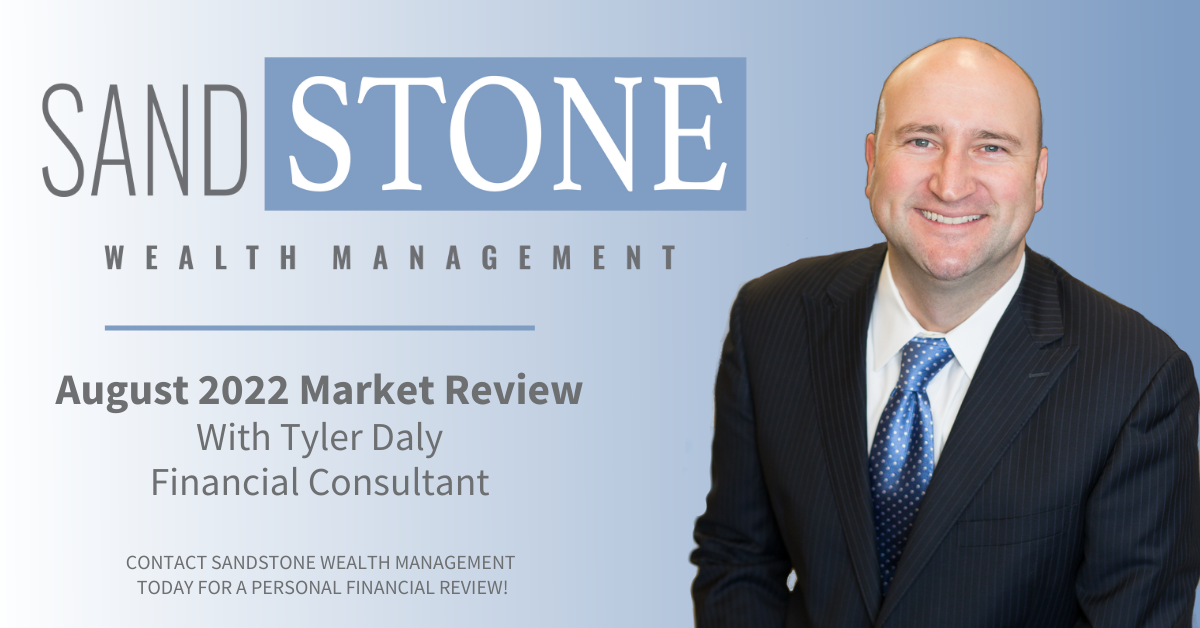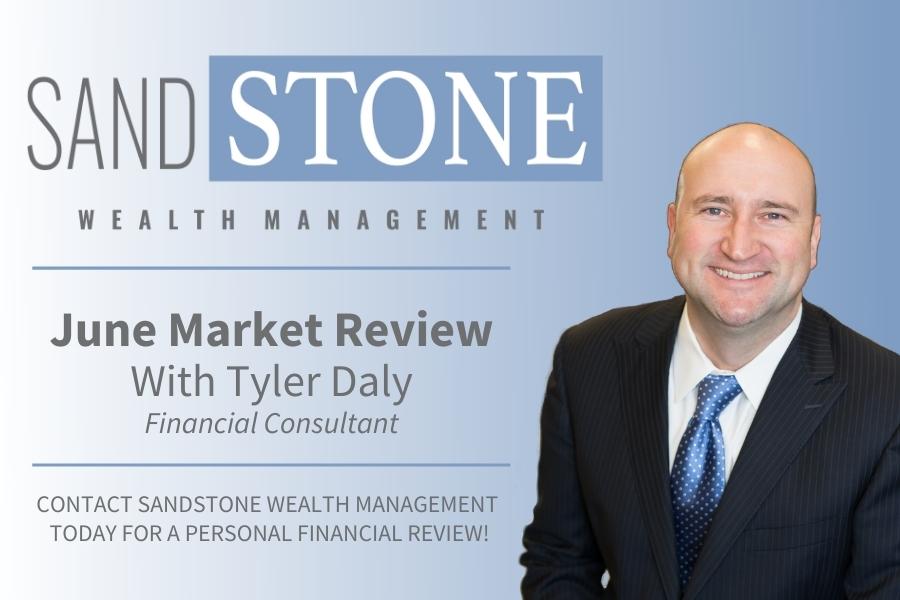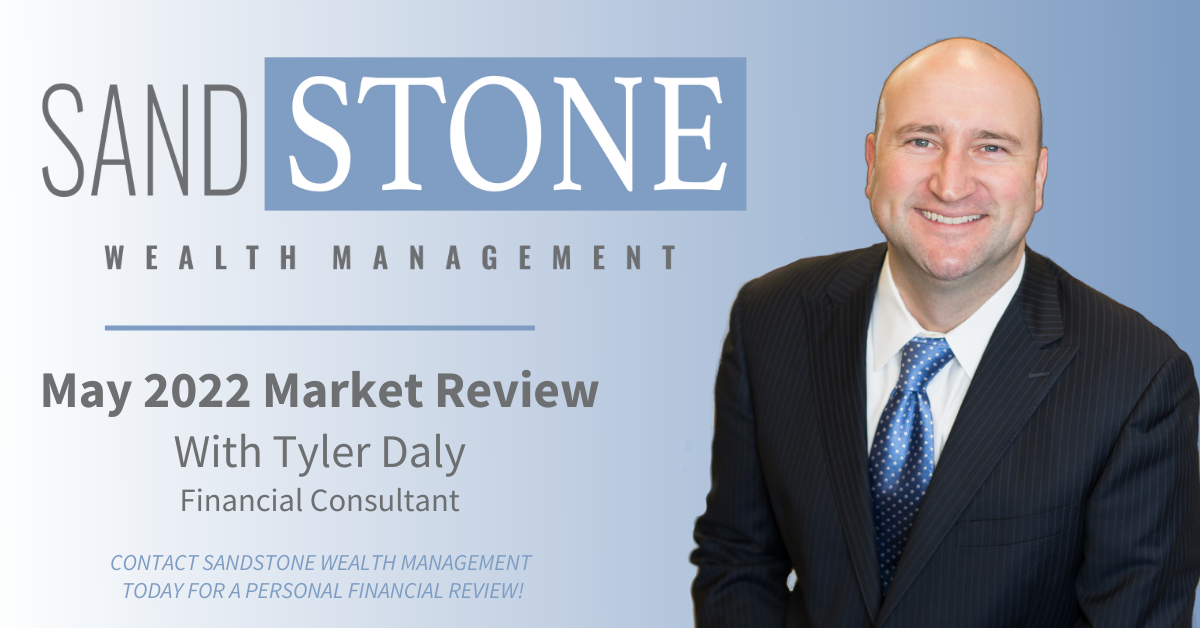
Five months into the year, the U.S. economic outlook remains moderate. A Federal Reserve (Fed) survey showed a subtle uptick for the economy in April and May, based on “strong” gains in manufacturing and lower unemployment. While growth appears to have improved in recent months (following a weak showing from consumers in the first quarter), the labor market has grown tighter and could prevent growth from strengthening much in the second half of the year, explains Raymond James Chief Economist Scott Brown.
The economic and fundamental backdrop (i.e., strong earnings season) remains positive for investors, despite concerns regarding trade and interest rates, according to Joey Madere, senior equity portfolio analyst, Equity Portfolio & Technical Strategy. In addition, Congress repealed some of the Dodd-Frank regulations, and that should allow lending flexibility among community and regional banks, noted Ed Mills, Washington policy analyst. Uncertainty around trade issues and the ensuing headlines could still hinder the markets, explains Mills, but he believes a deal can still be made.
Fed officials will continue to closely monitor global developments, but the central bankers are expected to raise short-term interest rates at the June policy meeting. It is unclear if or how often the Fed will tighten again in the second half of the year but the decision will be data dependent, according to Brown. Inflation is moving higher, and the Fed appears comfortable with slightly “overshooting” its 2% target, added Nick Lacy, chief portfolio strategist, Raymond James Asset Management Services.
The major indices – S&P 500, Dow Jones Industrial Average and the NASDAQ – ended May in positive territory, although the Dow slipped into the red year to date. Bonds and international stocks (as represented by the Barclays Aggregate Bond index and the MSCI EAFE, respectively) slipped, as well.
| 12/29/17 Close | 5/31/18 Close | Change | Gain/Loss | |
|---|---|---|---|---|
| DJIA | 24,719.22 | 24,415.84 | -303.38 | -1.23% |
| NADSAQ | 6,903.39 | 7,442.12 | +538.73 | +7.80% |
| S&P 500 | 2,673.61 | 2,705.31 | +31.70 | +1.19% |
| MSCI EAFE | 2,050.79 | 1,981.98 | -68.81 | -3.36% |
| Russell 2000 | 1,535.51 | 1,633.69 | +98.18 | +6.39% |
| Bloomberg Barclays Aggregate Bond |
2,046.37 | 2,014.00 | -32.37 | -1.58% |
Performance reflects price returns as of 4:30 EDT on May 31, 2018. The EAFE and Barclays reflects the previous day's close.
Here is a look at what’s happening in the economy and capital markets, as well as key factors we are watching:
Economy
- Current U.S. news has two major implications on emerging economies. First, the rise in U.S. short-term interest rates adds to debt concerns (as many of these countries have borrowed in dollars), and, second, chaotic U.S. trade policy has the potential to disrupt global supply chains (in which emerging economies play a key role), explains Chief Economist Scott Brown.
- These worries have fueled a flight to safety for global investors into the dollar and U.S. Treasuries, which has partly reversed recent gains in oil prices and bond yields.
- The stronger dollar will dampen foreign earnings of U.S. firms to some extent, which has weighed against share prices. How long these concerns will last is an open question, but shifting perceptions are likely to contribute to U.S. financial market volatility over the next several weeks and perhaps longer.
Equities
- U.S. small caps were the standout for the month and year to date with strong total returns. Small caps may benefit relative to large caps as the U.S. dollar has continued to move higher, putting some headwinds on foreign revenue for U.S. companies, suggests Nick Lacy, chief portfolio strategist, Raymond James Asset Management Services.
- Higher oil prices could hamper fiscal stimulus in the U.S. as tax cut savings may go to higher energy costs at some point, Lacy added.
- Earnings growth continues to be the strongest in the U.S., although it has been positive around the world as well. The quarter is expected to finish with S&P 500 sales growth of 9.8% year over year, the strongest since 2011, and earnings growth of 25.7% year over year (the strongest since 2010).
- Looking forward, sales and earnings estimates for the next couple years were raised, as were margin estimates (important to watch given the rise of input costs), according to Joey Madere, senior equity portfolio analyst.
- Madere sees bright spots among Technology (strong fundamentals and new relative strength price highs during earnings season); Industrials (the sector should bounce back from weak trading during earnings season); and Financials (sluggish relative stock price trends are expected to reverse in the coming months). Small and mid-cap bank stocks look attractive as well.
Fixed Income
- Senior Fixed Income Strategist Doug Drabik sees notable volatility in the fixed income marketplace with global geopolitical risk creating a flight to quality.
- Short-term rates (<1yr) have held up compared to intermediate and long-term rates, primarily on the Fed’s insistence in raising short-term rates, Drabik notes.
- Expectations of a Fed rate hike and yield movements pushed by buying pressure have prompted some concerns of an inverted yield curve, explains Nick Lacy, chief portfolio strategist, Raymond James Asset Management Services.
- Even with the expected June rate increase, the typically challenging summer months could put upward pressure on municipal prices and lower yields, according to Ted Ruddock, head of High Net Worth, Fixed Income Services.
International
- European growth was subpar in the first quarter. More important, political turmoil in Italy has renewed concerns about whether the country may exit the monetary union – and Spain appears to be experiencing its own populist revolt, explains Chief Economist Scott Brown.
- Both European stock markets and the euro lagged in May as Italy’s election and governmental issues played out. Geopolitical tensions throughout Europe place heightened pressure on the upcoming summit of European leaders, which aims to provide guidance, vision and inspiration to regional investors and consumers, according to European Strategist Chris Bailey.
- Elsewhere, emerging market fixed income indices faced pressure as a resurgent dollar forced highly indebted countries (like Turkey and Argentina) to sharply hike interest rates and ask for assistance from the International Monetary Fund.
- More mainstream emerging markets were able to shake off that pressure as ongoing trade discussions between the United States and China seemed to be heading in a positive direction.
Bottom Line
- The S&P 500 has moved higher on strong earnings growth, aided by U.S. tax reform. While concerns about rising transportation costs, higher oil and commodity prices, the increasing U.S. dollar, potential for rising wages, and higher interest rates continue to fuel the “peaking” earnings narrative, earnings growth and economic conditions remain favorable, according to Mike Gibbs, managing director of Equity Portfolio & Technical Strategy.
- Global economies show signs of a soft patch, which could be temporary. The U.S. remains a bright spot, according to Nick Lacy, chief portfolio strategist, Raymond James Asset Management Services. Chief Investment Strategist Jeff Saut continues to favor the upside.
- Investors should continue to make decisions based on their long-term goals. A well-diversified portfolio should allow you to participate in upside potential as well as serve as ballast for any short-term volatility that may arise.
Please let me know if you have any questions about current market events or how to position your long-term financial plan for the months ahead. I look forward to speaking with you.
Sincerely,
Tyler Daly
Financial Advisor
Raymond James Financial Services, Inc.
*Investing involves risk, and investors may incur a profit or a loss. Past performance is not an indication of future results and there is no assurance that any of the forecasts mentioned will occur. Investors cannot invest directly in an index. The Dow Jones Industrial Average is an unmanaged index of 30 widely held stocks. The NASDAQ Composite Index is an unmanaged index of all common stocks listed on the NASDAQ National Stock Market. The S&P 500 is an unmanaged index of 500 widely held stocks. The MSCI EAFE (Europe, Australia, Far East) index is an unmanaged index that is generally considered representative of the international stock market. International investing involves additional risks such as currency fluctuations, differing financial accounting standards, and possible political and economic instability. These risks are greater in emerging markets. The performance noted does not include fees or charges, which would reduce an investor's returns.
©2018 Raymond James Financial Services, Inc., member FINRA/SIPC. Securities offered through Raymond James Financial Services, Inc., member FINRA/SIPC, and are not insured by any financial institution insurance, the FDIC/NCUA or any other government agency, are not deposits or obligations of the financial institution, are not guaranteed by the financial institution, and are subject to risks, including the possible loss of principal. Raymond James is not affiliated with the financial institution or the investment center.

Tyler has been in the financial services industry since 2004 and with Sandstone Wealth Management and Heartland Bank since 2009. He is Series 7, 66 and Insurance licensed to assist his clients with all their investing, financial planning, and insurance needs. Tyler was recently named to the Forbes List of America's Top Next-Generation Wealth Advisor, which recognizes advisors from national, regional, and independent firms. Tyler graduated from the University of Nebraska-Lincoln with a Bachelor’s Degree in Diversified Agriculture and was born and raised in the Nebraska Sandhills. This gives him an intimate knowledge and understanding of his farming and ranching clients. Tyler is married to Rachel, who earned her Doctorate of Pharmacy from the University of Nebraska. They have two children, Camilla and Cooper. Away from business, he enjoys officiating high school basketball in the winter as well as golfing and team roping in the summer.



.png)

.jpg)

.jpg)

.png)



